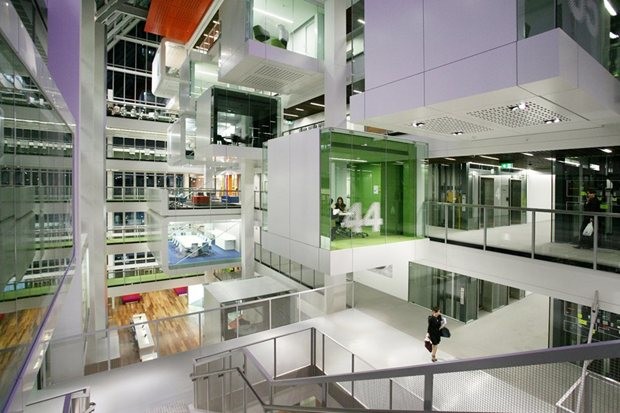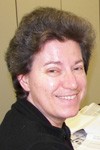Live-work, says Indesign’s Paul McGillick, is all about “flexibility, mixed use and proximity”, as defined by Thomas Dolan in his Live-Work: Planning and Design. These ideas are increasingly popular though not yet widely implemented. They complement some of the new ways of working subtley differentiated, as Luc Kamperman suggests: “working together is different from collaborating. It is being open to doing things differently and learning from others”. He talks with authority. He is Managing Partner in Australia and New Zealand of Veldhoen + Company, the Dutch progenitors of fluid, activity-based work (ABW), where offices and having your own desk are moribund.
The physical environment helps to change culture (work and life) as well as, conversely, show the cultural change people may want. There have been several meetings in Sydney to discuss forming a design hub, collaborative space for co-workers with their own businesses but who also want to work together, discuss ideas and be open to new ways of working. There are similar hubs around the world. According to Melbourne hub founder and CEO, Brad Krauskopf, a self-described social innovator and entrepreneur, that hub has 700 members and is going strong.

Veldhoen + Company worked on the famed activity-based workplace in the One Shelly Street project in Sydney, designed by Clive Wilkinson Architects.
Sydney is about to create a design brief based on the “imagining hub sessions” where ideas will cover what the community will look like, aspire to and fit into place-making in creating future workspaces. The idea is for potential hubbites to participate in designing the space, reviewing the draft design by the hub’s design partner, Hassell.
The hub is a place for people with flexible portfolios, where they can choose to work on different projects at different times in different spaces – cafe, library, breakout, open plan, home, corridors, on different projects.Their impromptu gatherings and questions and answers and discussions will engender an even more fluid office than that resulting from the current buzz form of office organisation, ABW.
The hub will want people to be open to education and holistic thinking about new ways of working and cultural change to inform and underpin their design work. You share spaces appropriate to each project, even to each conversation, organise your own work and time, aiming to overcome the adversarial nature of work by communicating continually with others within, and outside, organisations. You relish diversity, working with “hyper-specialists”, and live by social media. Yet, for all this, you will still agree that meeting face to face is paramount
One of the design hub meetings, the one I almost did not make, confirmed this for me. Although I was in the right building complex, through a mix up I had not received the invitation with the exact location. No one at reception knew where the meeting was on, nor did the main security desk. It was eight in the evening and I kept asking any passersby if they knew where the hub gathering was. I also asked two women chatting companiably in a closed cafe. Remarkably one had just come from the elusive gathering, and she directed me to the place where, yes, there was a notice outside but you had to know where to look in the first place.
“People don’t know what they don’t know” someone said about opportunities for creative thinking (and locating gatherings, I thought). I bet this is too high-falutin for the famous ex-politician Donald Rumsfeld who did not know what he did not know, but hubsters in the know are motivated, amiable and seem to enjoy distilling the vibe of being at something new and happening.
 Deborah Singerman is a Sydney-based journalist and editor, specialising in architecture and design, including city, community, society, economy, sustainability and culture.
Deborah Singerman is a Sydney-based journalist and editor, specialising in architecture and design, including city, community, society, economy, sustainability and culture.

